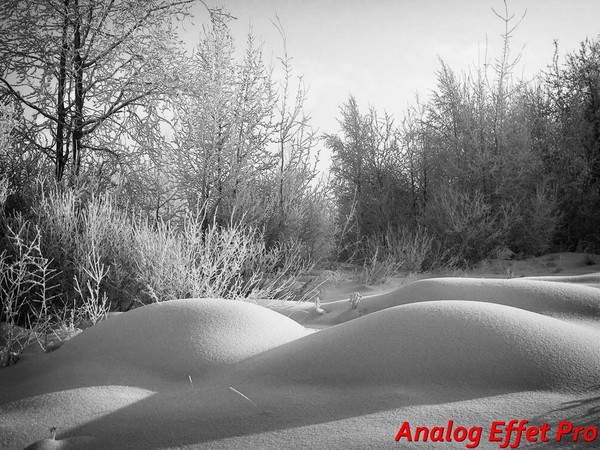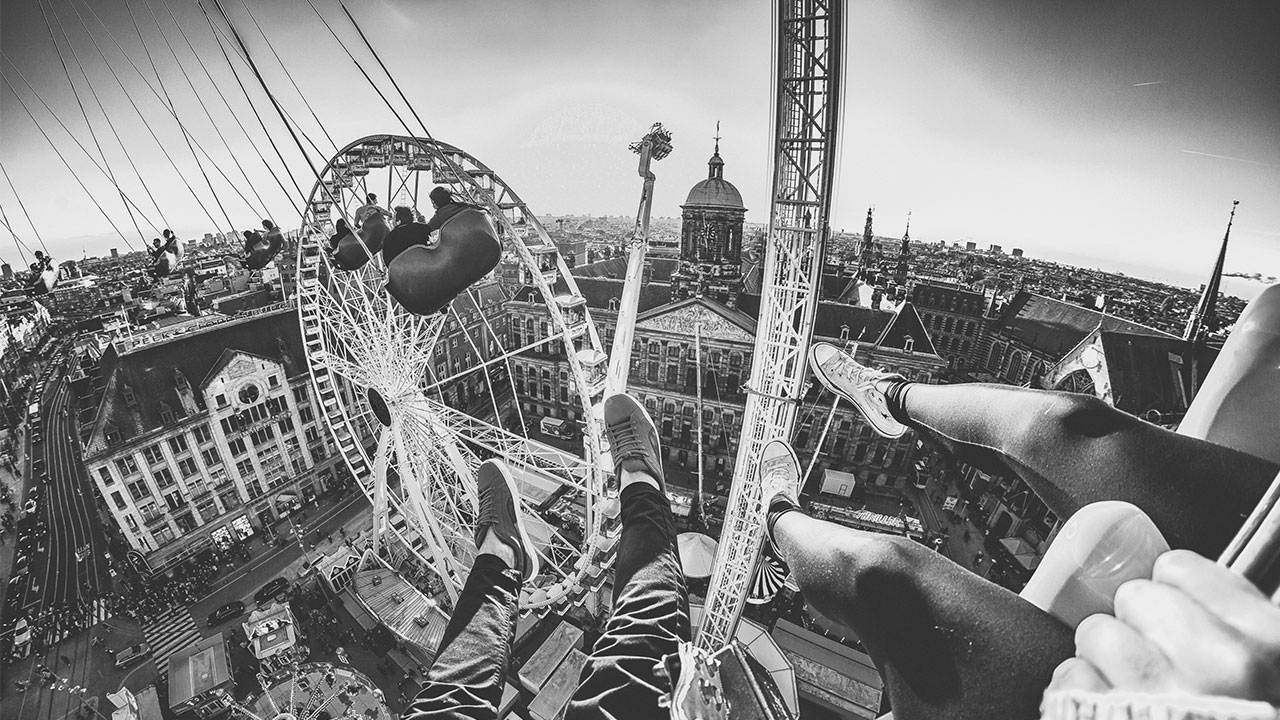

#ANALOG EFEX PRO ISO#
Image noise characteristics deviate with exposure length, ISO settings and even temperature based on your camera. Dfineĭfine is Nik’s answer to noise reduction. Layering equates to endless possibilities for your final edit. In the example shown, the Tonal Contrast preset was applied to the original image, then layered with the Sunlight filter.
#ANALOG EFEX PRO PRO#
It strives to pay homage to techniques used by photographers many years ago, and will help transport your image back in time.Ĭolor Efex Pro 4: Tonal Contrast (middle)Ĭolor Efex Pro 4: Sunlight filter (right) If you love the images produced by older cameras, or want to add a vintage look to your photo, Analog Efex Pro may be the set that appeals to you. Take note of this, as it will be referenced and elaborated on below, as the various plug-ins are discussed. A control point, as the name implies, is a way to control the application of a filter to selected areas of your choice. If you click any of them, the chosen filter is immediately applied to your preview, and you then have sub-options for that filter listed on the right panel, which gives you further control over its application.Īn awesome feature that the Nik Collection utilizes is called Control Points, which is available in each plug-in. Preset filters are listed down the left side panel of the dashboard. The layout in each set is very similar, which translates to ease of use once you get the hang of it. As you see, the suite is quite extensive, thus this overview will just touch on its potential uses, and hopefully encourage you to further explore the collection more in-depth. The Nik Collection is comprised of Analog Efex Pro, Color Efex Pro, Dfine, HDR Efex Pro, Sharpener Pro, Silver Efex Pro and Viveza.

The Nik Collection, as it has been known for over a decade, is a set of photographic filter plug-ins, and image enhancement tools, that delivers another look and feel to your photo.
#ANALOG EFEX PRO DOWNLOAD#
I like the look of number six (second row, far right) – you can see the effect on the main image as soon as you click a button.By now, if you have not downloaded Google’s Nik Collection, at the very least you have heard that this once $500 software, was made free for download in March 2016. I’ve selected ‘Warm’ from the pop-up menu to show a selection of warm film effects. Over in the right sidebar, you’ll see there’s just one panel (also circled), for ‘Film Type’. I’m going to start from scratch by de-selecting all the effects except ‘Film Type’, which I’ve circled in the left sidebar. Not all of the boxes will be checked – it depends on the preset you last used. Alongside each is a checkbox, and if the box is checked, the options for that effect appear in as a section in the tools panel over on the right. The left sidebar now displays all the components that go to make up an Analog Efex Pro effect.
#ANALOG EFEX PRO FULL#
These display ready-made presets you can try out with a single click, and I looked at some of these last time, but at the bottom is the Camera Kit option, where you get full control. You’ll see a list of the four main camera types you can emulate. Start by opening the Camera menu at the top left of the the Analog Efex Pro window.

I’ll also show you how you can save your effect as a new custom preset. This is the last option on the Camera menu, but also the most powerful, because it enables you to create your own analog effects from scratch. I took a quick tour of the basics in Part 1 of my Analog Efex Pro mini-series yesterday, but this time I’m going to look at the Analog Efex Pro Camera Kit using this thoroughly modern digital image I shot at a car show. It’s a tool for simulating the look of old films and cameras, right down to authentic-looking textures, scratches and light leaks. I rate this as the best set of plug-ins ever made, and practically a must-have for digital image-editing fans. Analog Efex Pro is part of the DxO Nik Collection, the set of plug-ins for Photoshop, Elements and Lightroom Classic that DxO took over from Google.


 0 kommentar(er)
0 kommentar(er)
